From September 7-10, U.S. President Joe Biden was in New Delhi to attend the G-20 Summit hosted by India. Biden and Indian Prime Minister Narendra Modi met for a bilateral discussion as soon as the U.S. president landed, highlighting their “close and enduring partnership” based on “trust and mutual understanding.”
The two leaders issued an almost 30-point joint statement that brought out the multifaceted nature of the India-U.S. partnership. The joint statement noted the importance of “the shared values of freedom, democracy, human rights, inclusion, pluralism, and equal opportunities for all citizens” that are essential for the two countries to prosper, emphasizing “that these values strengthen our relationship.”
The India-U.S. joint statement was a comprehensive one that touched on all the important areas of cooperation, including shared participation in minilateral partnerships such as the Quad, which works “in supporting a free, open, inclusive, and resilient Indo-Pacific.” The next Quad Summit will be hosted by India in 2024. In June, the United States took the decision to be part of the Indo-Pacific Oceans Initiative, but the U.S. has now agreed to co-lead the Indo-Pacific Oceans Initiative Pillar on Trade Connectivity and Maritime Transport.
The joint statement also noted the significance of India-U.S. collaboration in a range of technology areas, including supply chains, semiconductor and telecommunication technologies, and outer space.
Critical and emerging technologies are gaining greater salience in the India-U.S. bilateral partnership. Earlier in the year, the initiative on Critical and Emerging Technology (iCET), led by U.S. National Security Advisor Jake Sullivan and his Indian counterpart, Ajit Doval, was launched with the inaugural meeting in Washington, D.C. The joint statement noted the important contributions of iCET to “build open, accessible, secure, and resilient technology ecosystems and value chains, based on mutual confidence and trust, which reinforce our shared values and democratic institutions.” The two sides plan to hold a mid-term review meeting of the initiative in September 2023, with the goal of continuing to push for progress before the next annual iCET review in early 2024, under the leadership of the two national security advisors.
The joint statement outlined in some detail their plans for space cooperation. Biden congratulated India on its two back-to-back successful missions focused on the Moon and the Sun respectively – Chandrayaan-3 and Aditya-L1. The two were excited about the efforts at establishing a working group for commercial space collaboration under the existing India-U.S. Civil Space Joint Working Group.
In fact, the joint statement by Modi and Biden during Modi’s state visit to the United States in June 2023 noted the new ventures the two sides can make with an “enhanced commercial collaboration between the U.S. and Indian private sectors in the entire value chain of the space economy and to address export controls and facilitate technology transfer.”
Through this month’s joint statement, the two leaders are also continuing their conversation on deepening their partnership for outer space exploration, with a particular focus on “modalities, capacity building, and training for mounting a joint effort to the International Space Station in 2024” and “continuing efforts to finalize a strategic framework for human space flight cooperation by the end of 2023.”
This follows up on the June 2023 joint statement, which welcomed the NASA announcement that it will be “provide[ing] advanced training to Indian astronauts at the Johnson Space Center in Houston.” This is remarkable, considering that as India planned its Gaganyaan mission a few years ago, NASA had approached various departments of the government of India to train the Indian astronauts for the astronaut mission, but India decided to cooperate with Russia instead. The Indian astronauts for the Gaganyaan mission have been trained in Russia.
As far as India’s participation in the International Space Station (ISS) is concerned, India was invited way back in 2015, but New Delhi was still developing the building blocks to undertake an astronaut mission in partnership with the United States.
According to the recent joint statement, the two countries are also expanding their partnership to areas like planetary defense, thus extending protection to planet Earth and space assets from a myriad of threats, including impacts from asteroids and near-Earth objects. The United States is also extending support to India for it to be part of asteroid detection and tracking via the Minor Planet Center. In addition, NASA and the Indian Space Research Organization (ISRO) have already been working on the NASA-ISRO Synthetic Aperture Radar (NISAR) satellite. In fact, the NISAR satellite has been handed over to ISRO’s U.R. Rao Satellite Center in Bengaluru, India for a launch in 2024.
That India signed the Artemis Accords back in June is a significant change as far as India’s approach to space global governance is concerned. India had traditionally worked with Group of 21 countries, typically the non-aligned countries, insisting on a multilaterally-negotiated legally binding verifiable mechanism. It appears that India’s decision to be part of a U.S.-led lunar governance mechanism is driven by pragmatism because the alternative – a joint Russia-China International Lunar Research Station – is no real option for India given the rapidly changing geopolitical situation. Being part of the Artemis Accords also gives India a bigger voice in determining new rules of the road for lunar exploration.

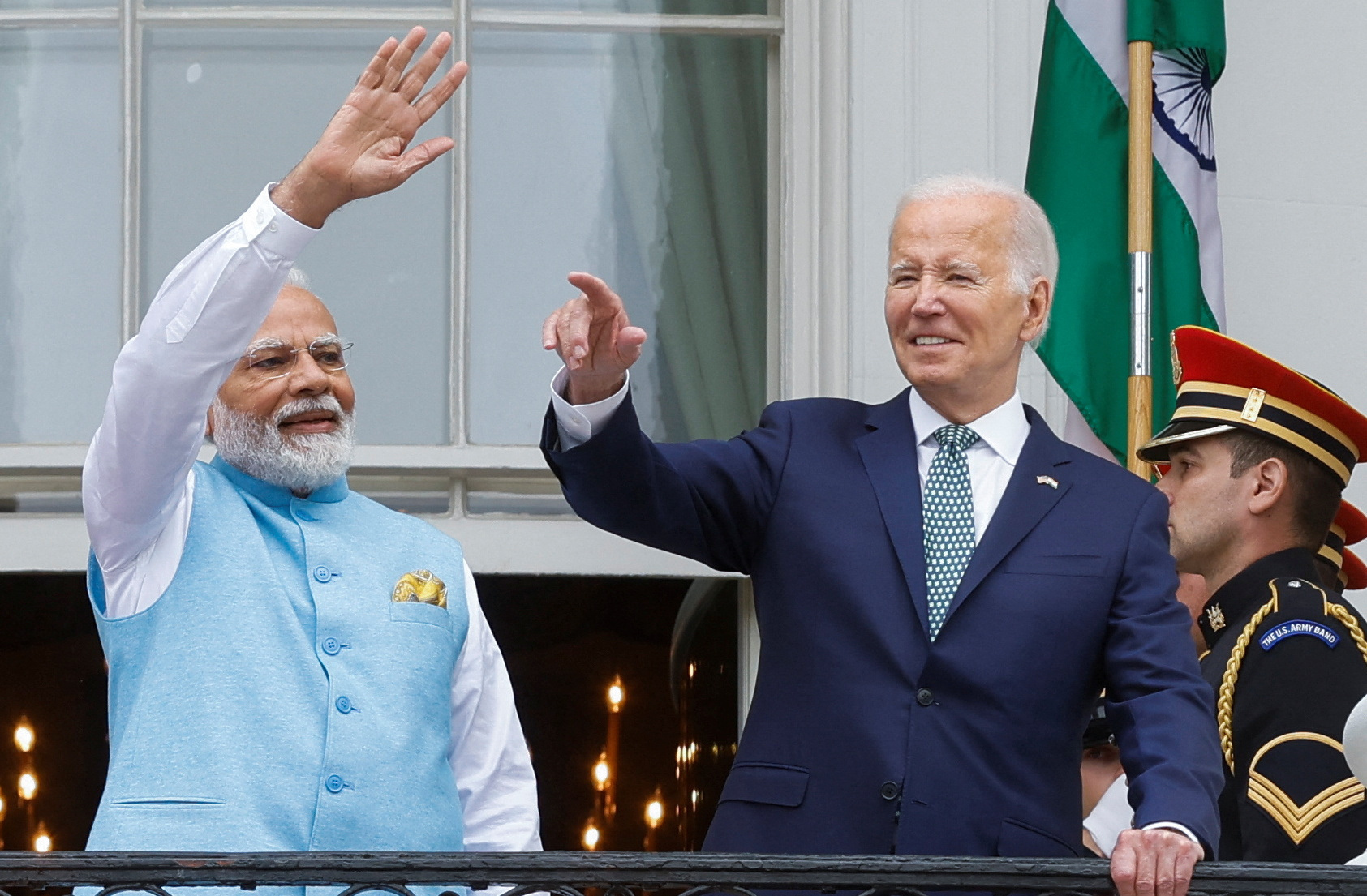

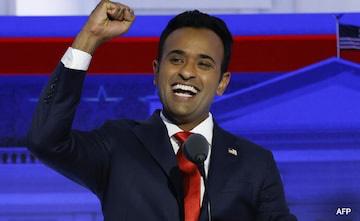
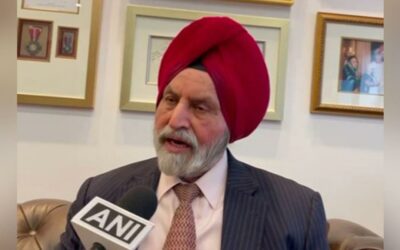

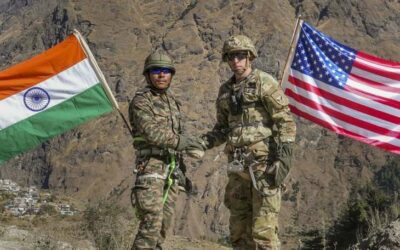
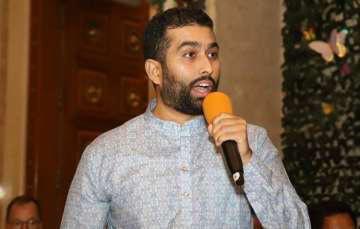


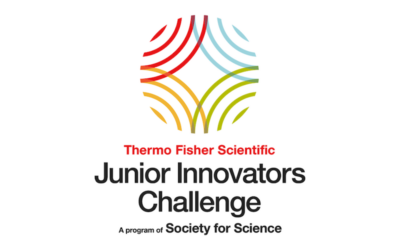

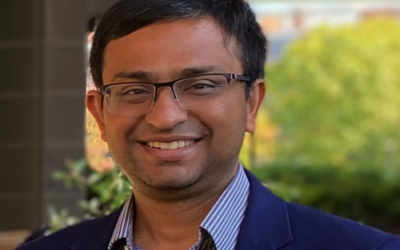
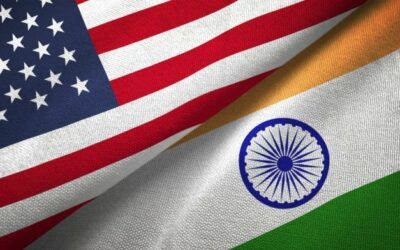

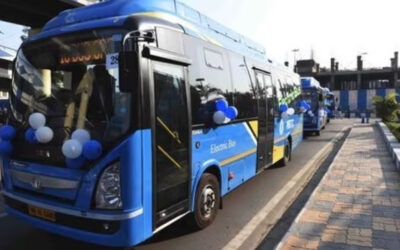
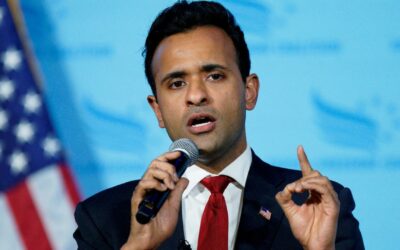
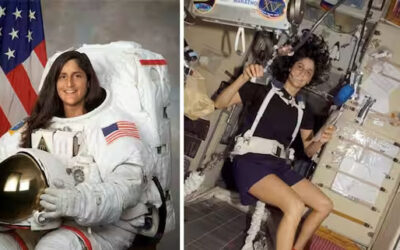
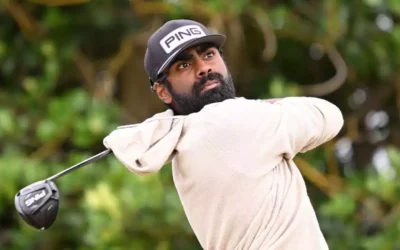
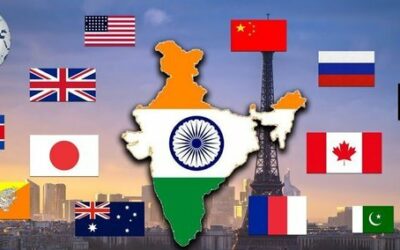
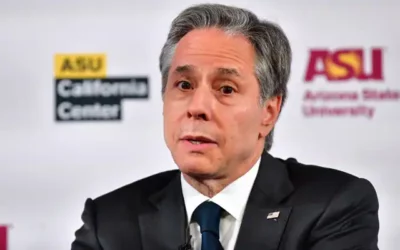
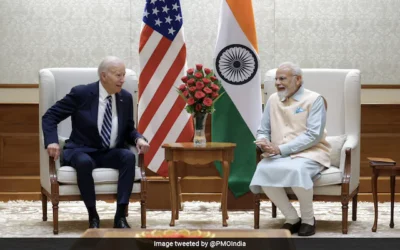
0 Comments